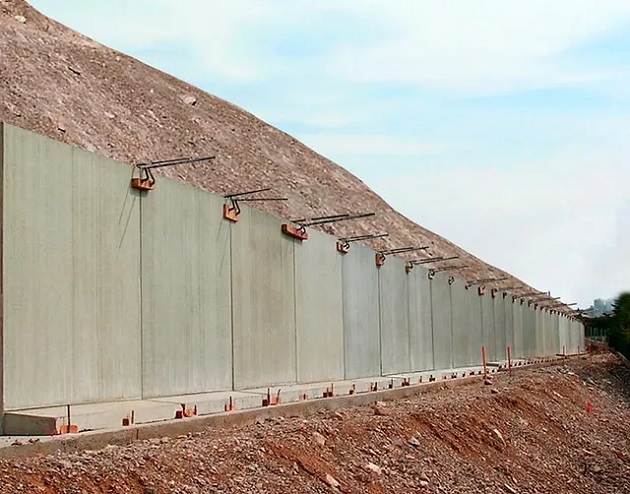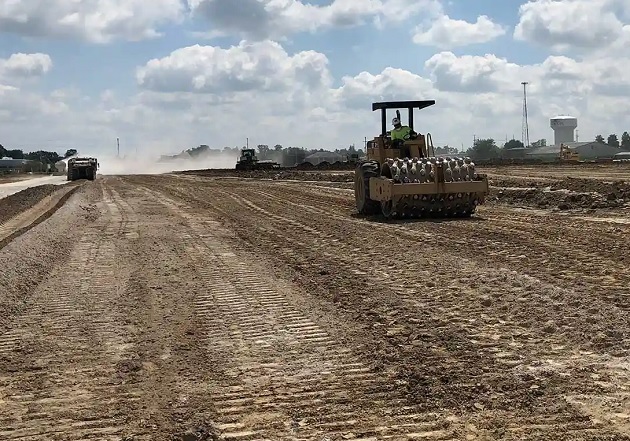Shallow Foundation
A shallow foundation, also known as a shallow footing, is a type of foundation commonly used in construction to support structures and transfer their loads to the underlying soil or rock. Shallow foundations are situated close to the ground’s surface, and their depth typically does not exceed their width. They are suitable for structures with relatively low loads or in areas with stable soil conditions. Shallow foundations include several types:
1. **Spread Footing:** Spread footings are the most common type of shallow foundation. They consist of a concrete pad or slab that supports the weight of a column or wall. The spread footing’s size and shape depend on the load it must support and the properties of the soil. Footings may be square, rectangular, or other shapes to distribute the load effectively.
2. **Mat or Raft Foundation:** A mat or raft foundation is a large, continuous concrete slab that covers a significant portion of the building’s footprint. It distributes the building’s weight over a wide area, making it suitable for buildings on weak or expansive soils. Mat foundations are commonly used for large structures and industrial facilities.
3. **Strip Footing:** Strip footings are elongated spread footings that support load-bearing walls. They are used in structures with continuous walls, such as houses, where the walls are in line. Strip footings are often used in combination with a continuous wall, and they run along the length of the wall.
4. **Combined Footing:** Combined footings are used when two or more columns are so close to each other that individual spread footings would overlap. A combined footing is designed to support multiple columns and distribute the load between them.
Shallow foundations are appropriate for buildings and structures with light to moderate loads and when the soil conditions are stable and can support the structure’s weight. They are cost-effective and relatively easy to construct. However, in areas with weak or compressible soils, deep foundations, such as piles or caissons, may be required to reach more stable soil or bedrock at greater depths. The choice of foundation type depends on factors such as the building’s load, soil conditions, local building codes, and construction budget.

